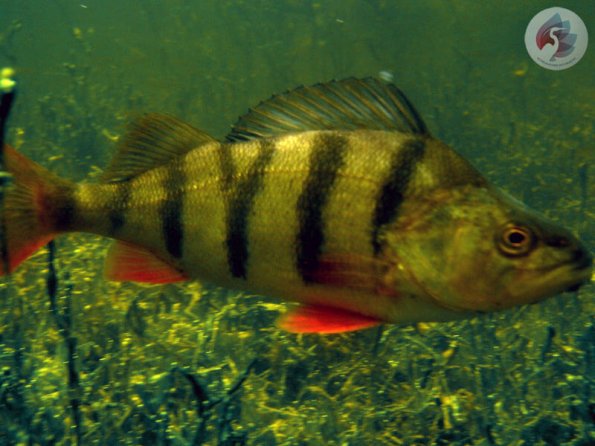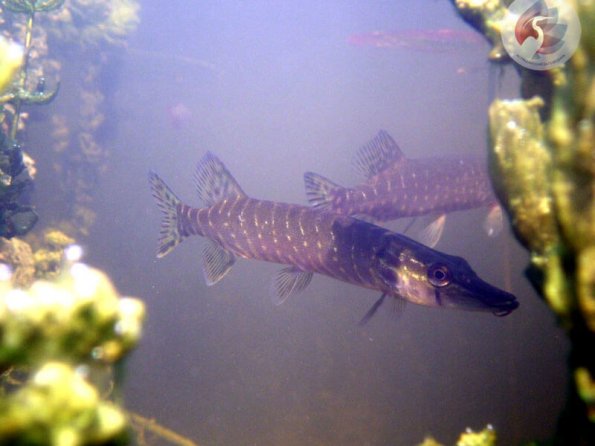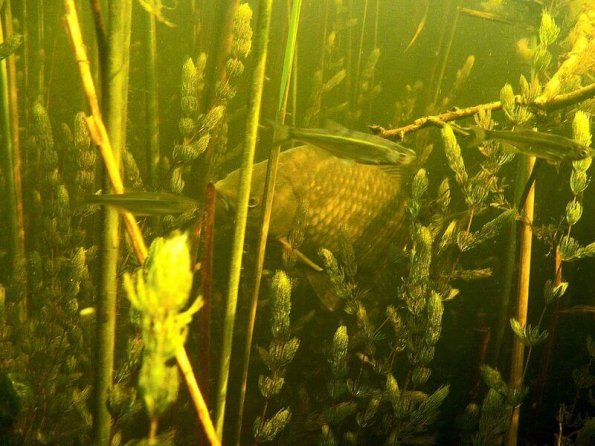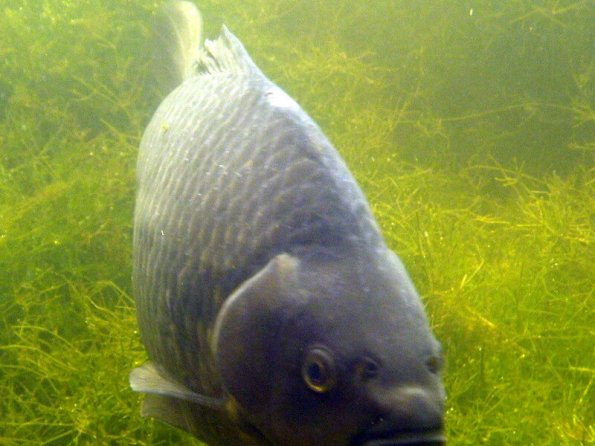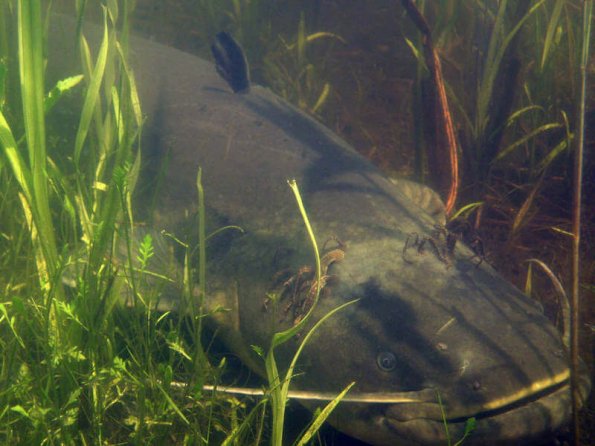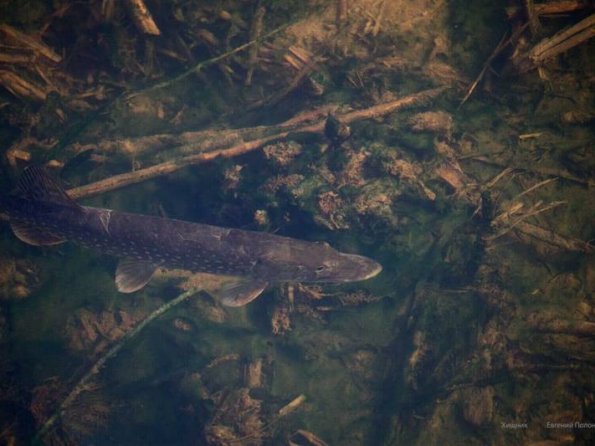Diverse environmental conditions (water depth, flow and density of weeds) in the reserve’s reservoirs account for the diversity of fish species (56 species belonging to 12 families). The most abundant are Cyprinidae (24 taxa) and Agonidae (11 taxa). The region is known globally
for its rich and diverse fish fauna, most notably sturgeon species (Acipenseridae). Huso huso, Acipenser gueldenstaedti, and Acipenser stellatus are common in the reserve, and Acipenser ruthenus can also be found. The reserve’s most common fish are freshwater species, principally Cyprinidae and Percidae: carp, bream, Caspian roach, tench, rudd, silver bream, asp and lookup, as well as pike, catfish, river perch, pike perch, crucian carp, and several species of Cottidae, while nase, sopa, sabrefish and Volga zander are rarer. Diadromous and semi-anadromous fish, which migrate to the area of the reserve during the spawning season, constitute a considerable portion of the reserve’s fish fauna; marine fish are also abundant. Anadromous species – Acipenserodae and Clupeidae – are present in the reserve’s waters only when they migrate from the sea to their spawning grounds in the Volga River, and back. Changes in the reserve’s reservoirs are driven by well-defined delta-forming processes. Some water bodies become weedier or less weedy, and others deepen, resulting in sites in close proximity to each other but with different environmental conditions (plant composition, hydrological and thermal regimes). Thus, species coexist in various habitats. Species which prefer open water (e.g., silver bream, asp, ablet, perch and pike perch) occupy the large and middle-sized waterways and eriks of the subaerial delta, which also serve as migratory paths for diadromous and semi-anadromous fish. Inhabitants of waters with greater amounts of vegetation (rudd, tench, crucian carp, perch, ruffe, spined loach) predominate in reservoirs, such as ericks, il’mens and kultuks, where water flows slowly. Marine fish, primarily sculpins, are also found in the subaerial Volga delta. The avandelta is a zone where marine fauna (sculpins, pipefish, sticklebacks, assous) mingle with typical freshwater species (pike, tench, rudd, silver bream, crucian carp, catfish). The numbers of freshwater fish diminish as one goes downstream.
Many of the reserve’s waterways are migratory paths or spawning grounds for fish. The main spawning grounds are flooded meadows, called poloys, of the subaerial delta. Here waters become warm very early, resulting in rapid development of aquatic organisms. Vegetation present when the spawning season begins serves as prefect substrate for fish roe. Fry leave the spawning grounds in July and August. Young fish who delay entering the river perish in the detached reservoirs; those who leave in a timely manner gather in the avandelta, where by mid-summer the water has warmed and is covered with vegetation which provides young fish with food and shelter. In addition to its role as a feeding ground for young fish, the avandelta serves as a secondary spawning ground for intermittently spawning species. In the fall some species migrate to their wintering basins. Catfish and carp gather and spend the winter dormant. In all seasons of the year, except when waters are ice covered, not only fry but also larger fish are an important food base for the birds, mammals, amphibians and reptiles inhabiting the reserve.

